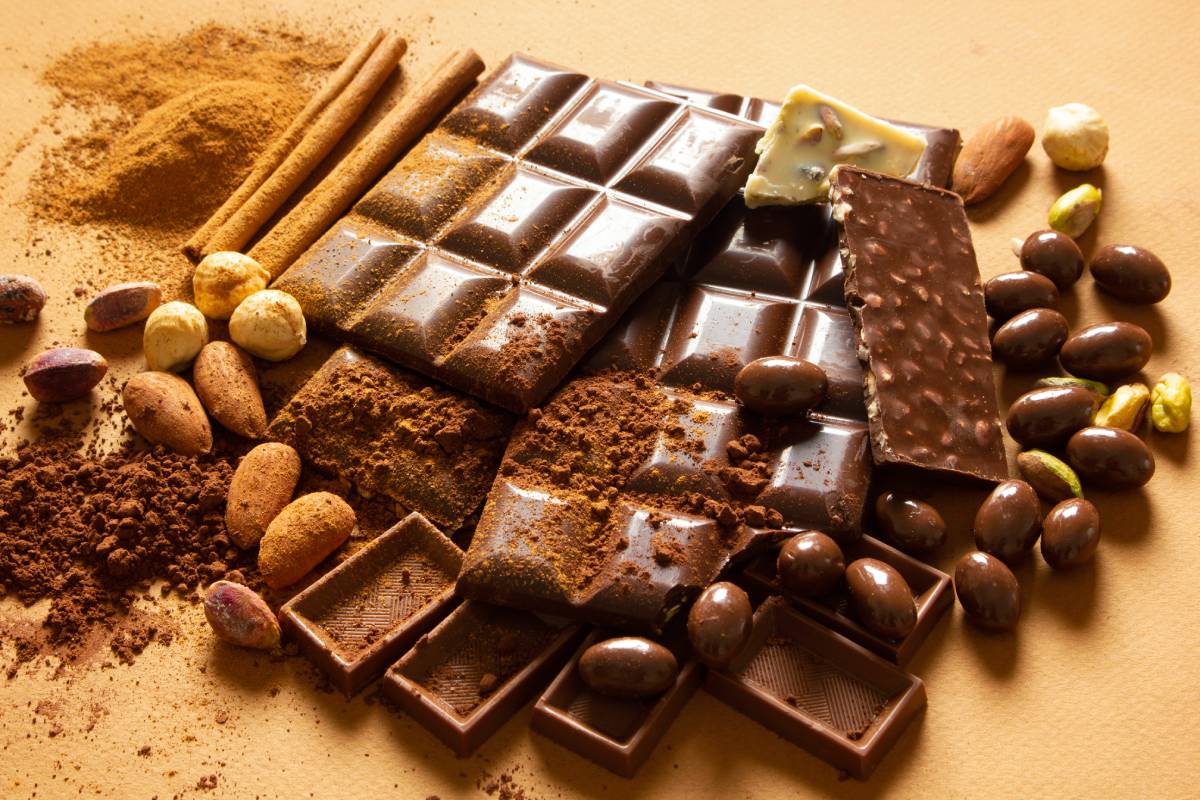Introduction: The Irresistible Allure of Chocolate's Taste. Why is chocolate tasty? the most bitter flavor? Does food taste better hungry? Chocola
Introduction: The Irresistible Allure of Chocolate’s Taste. Why is chocolate tasty? the most bitter flavor? Does food taste better hungry?
Chocolate, with its velvety texture and indulgent sweetness, stands as a universal delight, capturing the hearts and taste buds of people worldwide. The magic behind its delectable taste lies in the intricate dance of flavors, carefully orchestrated by the compounds found in cocoa and complemented by the harmonious blend of fats, sugars, and proteins.

The Delectable World of Chocolate: Unraveling the Mystery of Its Irresistible Taste
Chocolate has long been a beloved treat across cultures, captivating our taste buds with its rich, indulgent flavor. The secret behind its delectable taste lies in a combination of factors that engage our senses and trigger pleasure responses in the brain.
The Science of Chocolate’s Tastiness: A Symphony of Flavors
The journey of chocolate’s tastiness begins with its complex composition. Cocoa, the primary ingredient in chocolate, contains a variety of compounds that contribute to its unique flavor profile. Theobromine and phenylethylamine, for example, are compounds that can stimulate the release of endorphins in the brain, creating a sense of pleasure and satisfaction.
Moreover, chocolate contains fats, sugars, and proteins, each playing a crucial role in its taste. The fats in chocolate, particularly cocoa butter, contribute to its smooth, velvety texture, while sugars add sweetness and balance the bitterness of cocoa. The combination of these elements results in a harmonious blend of flavors that dance on our taste buds.
Bitterness: The Dark Side of Flavor
While chocolate delights with its sweetness, bitterness plays a crucial role in defining the depth of its taste. Cocoa beans, the foundation of chocolate, inherently possess a bitter taste due to compounds like theobromine. The darker the chocolate, the higher the cocoa content, and consequently, the more pronounced the bitterness.
Bitterness, often perceived at the back of the tongue, is a fundamental taste that adds complexity to the overall flavor experience. In fact, bitter flavors are crucial in culinary experiences beyond chocolate, contributing to the appeal of coffee, dark greens, and certain fruits.
Unlocking the Secret of Bitterness: The Most Bitter Flavor
When it comes to the realm of bitterness, quinine is a notable contender for the title of the most bitter substance. Derived from the bark of the cinchona tree, quinine is famously known for its role in tonic water.
Despite quinine’s formidable bitterness, our perception of bitterness is subjective and can vary among individuals. Genetics, age, and even exposure to different foods can influence how intensely we perceive bitter flavors. This diversity in perception adds another layer of complexity to the world of taste.
The Hungry Factor: Does Food Taste Better When Hungry?
Have you ever noticed how a simple meal can taste extraordinary when you’re ravenously hungry? The connection between hunger and taste is a fascinating interplay of physiological and psychological factors.
When we’re hungry, our bodies release ghrelin, a hormone that signals hunger to the brain. This hormonal surge not only stimulates appetite but also enhances our sensitivity to food-related cues. As a result, flavors become more pronounced, and even the simplest dishes can evoke a heightened sense of pleasure.
Furthermore, the act of eating itself triggers the release of dopamine, a neurotransmitter associated with pleasure and reward. This means that when we eat while hungry, the pleasure centers in our brain are more responsive, amplifying the enjoyment of the eating experience.
The Hunger Games: How Hunger Influences Taste Perception
Our taste buds are remarkable instruments finely tuned to detect various flavors. Sweetness becomes sweeter, saltiness more pronounced, and the bitterness of dark chocolate more complex.
It’s not just our physical state that influences taste; psychological factors also come into play. The anticipation of a delicious meal when we’re hungry can create a positive expectation that enhances our perception of flavors. This psychological aspect of hunger further intensifies the overall enjoyment of food.
Striking a Balance: The Art of Flavorful Eating
In the intricate world of taste, balance is key. The interplay of sweet and bitter in chocolate, the intensity of quinine’s bitterness, and the heightened perception of flavors when hungry all contribute to the diverse and nuanced experience of eating.

Conclusion: Navigating the Gastronomic Landscape
In the delightful tapestry of taste, chocolate emerges as a symphony of flavors, where sweetness and bitterness coalesce to create a sensory masterpiece. The journey through the realms of cocoa compounds, theobromine-induced pleasure, and the artful interplay of fats and sugars reveals the secret recipe that makes chocolate an unparalleled culinary pleasure.
